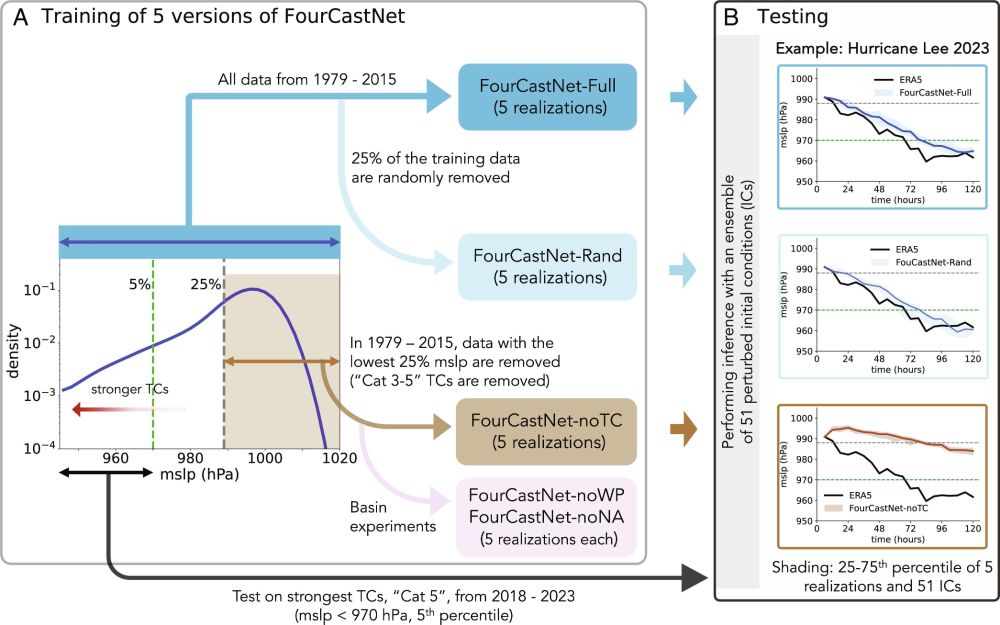Ashesh Chattopadhyay
@ashesh6810.bsky.social
210 followers
230 following
35 posts
Scientific ML, ML theory, ML for climate, fluids, dynamical systems. Asst. Prof of Applied Math at UCSC. https://sites.google.com/view/ashesh6810/home
Posts
Media
Videos
Starter Packs
Reposted by Ashesh Chattopadhyay
Reposted by Ashesh Chattopadhyay
Reposted by Ashesh Chattopadhyay







